Plant Processes
Understanding Plant Health, Production, and Growth Cycles
The health, production, and growth of a plant are largely controlled by interactions between the plant, its soil, and the biological populations that surround the plant. Influencing these interactions is the key to managing the health and growth of the plant. We can best understand these interactions by following the flow of carbon and nutrients.
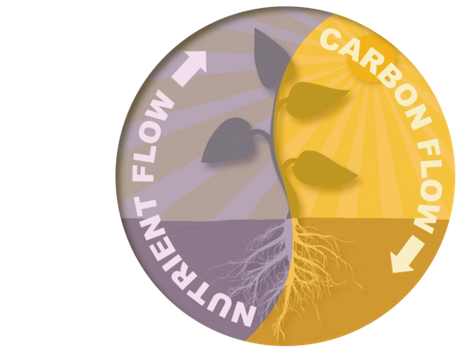
Understanding Plant Health, Production, and Growth Cycles
The health, production, and growth of a plant are largely controlled by interactions between the plant, its soil, and the biological populations that surround the plant.
Influencing these interactions is the key to managing the health and growth of the plant. We can best understand these interactions by following the flow of carbon and nutrients.
Carbon Flows Downward & Nutrients Flow Upwards
These two processes work together to provide the plant with what it needs for growth and production.
Carbon Accounts for 45% of All Plant Mass
By far the larger of the two flows, carbon flow is the major workhorse of the plant. It includes the processes of photosynthesis, biological respiration, root growth, and cation exchange.
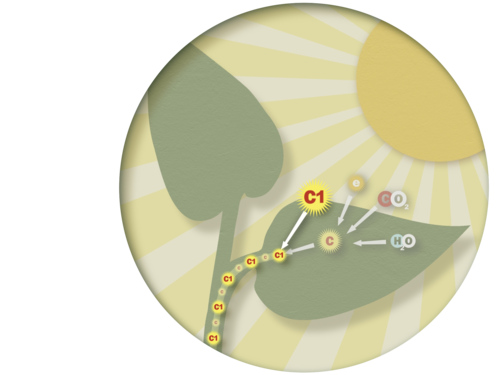
Photosynthesis
Carbon dioxide, water, and energy from sunlight are combined to create energized carbon molecules, also known as sugars, or carbohydrates.
This is the energy supply of the plant and is used in all plant processes.
The plant sends the majority of the energy down to the roots.
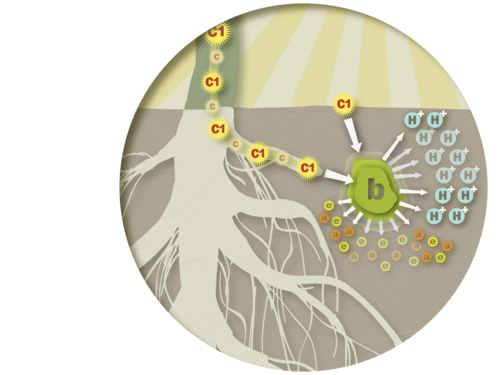
Biological Respiration
Bacteria living in and around the root mass consume the carbohydrates from the root tips.
As the bacteria eat they release two byproducts into the soil:
1. Acids and exudates
2. Positively charged hydrogen ions.
These byproducts perform two important roles for the plant:
1. To enhance plant growth
2. To provide access to nutrients in the soil.
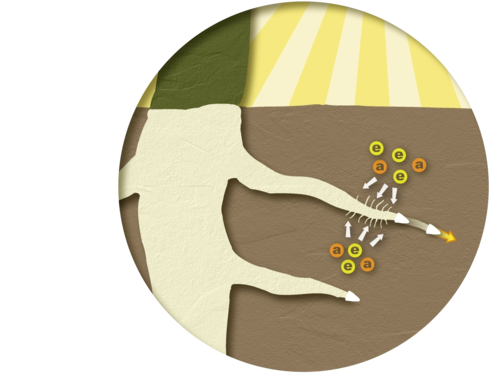
Root Growth
The acids and exudates released by the bacteria promote and accelerate the growth of the plant.
These nutrient rich byproducts make up the largest portions of the plant body.
When present in the soil, they support rapid root growth.
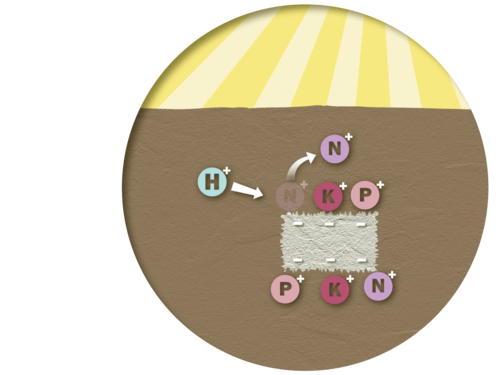
Cation Exchange
Soil already contains a vast amount of unavailable nutrients. These positively charged nutrients are tied to negatively charged soil particles.
Positively charged hydrogen ions released by bacteria replace the nutrients bonded to soil particles, thereby making them available to the plant.
The hydrogen ions also lower the PH of the soil.
Carbon Flow Directly Impacts…
- Biological respiration
- Growth of the lower plant: Roots, tubers, bulbs and energy storage.
- Expectation: Plant size, fruit quality, and yield.
- Water uptake
- Nutrient availability
Nutrients Account for 4% of Plant Mass
While only a tenth the mass of carbon, nutrient flow is still a critical driver of plant growth.
The most important benefit of nutrient flow is growth of the upper plant.
Nutrient & Water Uptake
Water and the newly released nutrients are absorbed through the roots and travel upwards in the plant.
When the plant is young, the amount of available nutrients present in the soil sets the plant size expectation.
Upper Plant Growth
Nutrients are an aid to foliage growth and fruit production.
Balanced nutrient levels promote the health of the plant and increase the quality of the fruit.
Nutrient Flow Controls
- Plant size expectation
- Upper plant growth
A Natural Process
Both carbon and nutrient flows are part of the natural processes of plant life.
Unfortunately in their natural state, plants are just productive enough for survival and reproduction.
In order to see the type of productivity wanted from plants, additions must be made to boost particular processes or flows.
Traditionally this has been done with nutrient based fertilizers.
Unfortunately
Sole use of Nutrient based fertilizers neglect the carbon flow of the plant
Only one side of the system is receiving a boost, effectively trying to push the entire system by pushing one process.
While nutrient based fertilizers definitely have a positive response, the lack of a carbon flow boosts, begs the question…
How much greater is the potential if both sides get a boost?
If carbon flow were also to receive a boost, how much greater would the quality, health and yield be?
Especially considering that carbon is such a large component of the plant.



